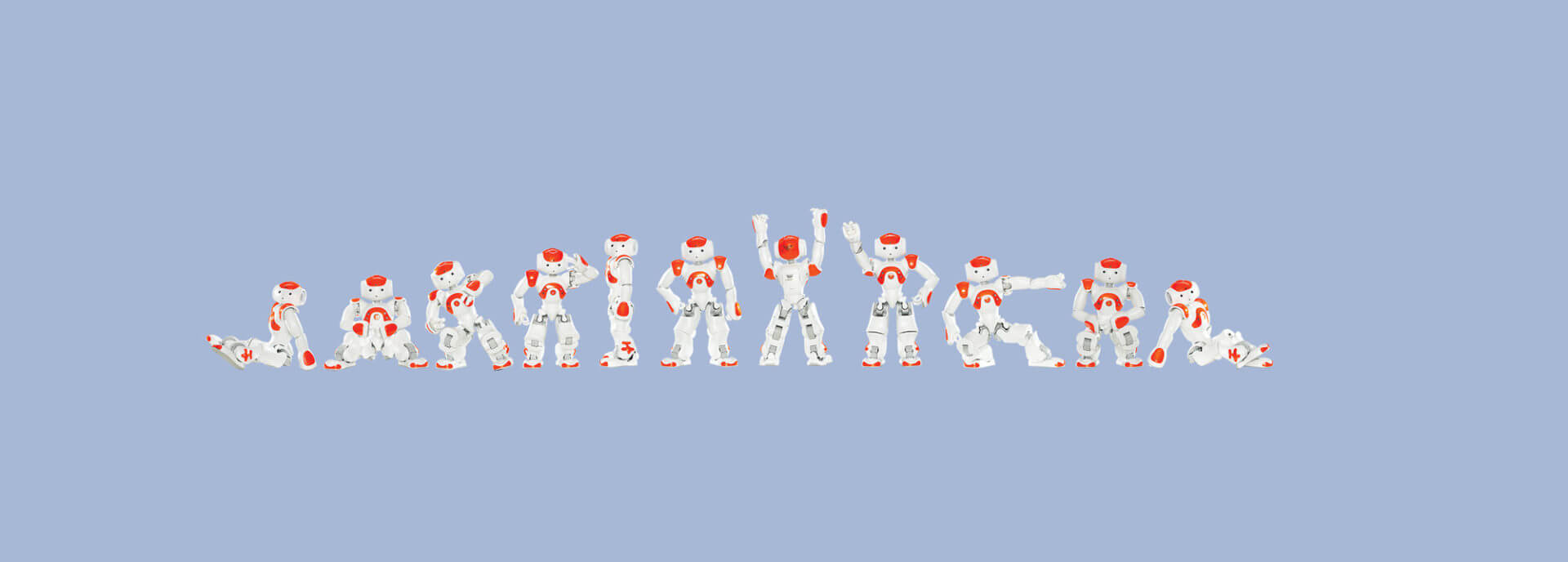Robo Buds
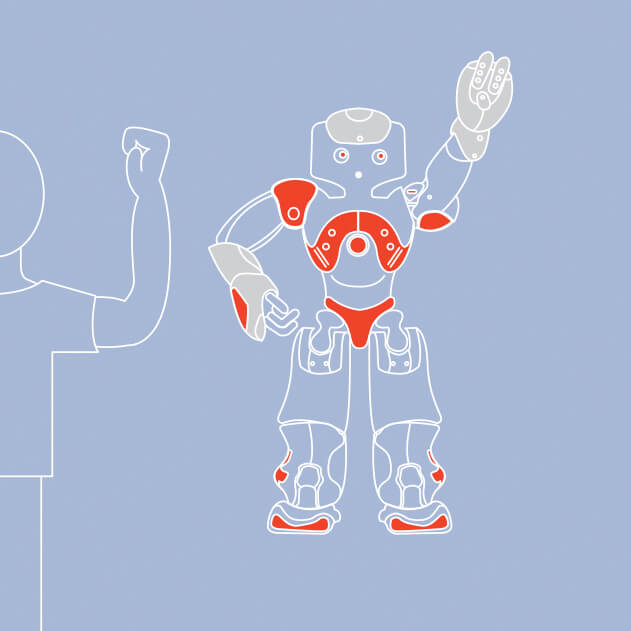
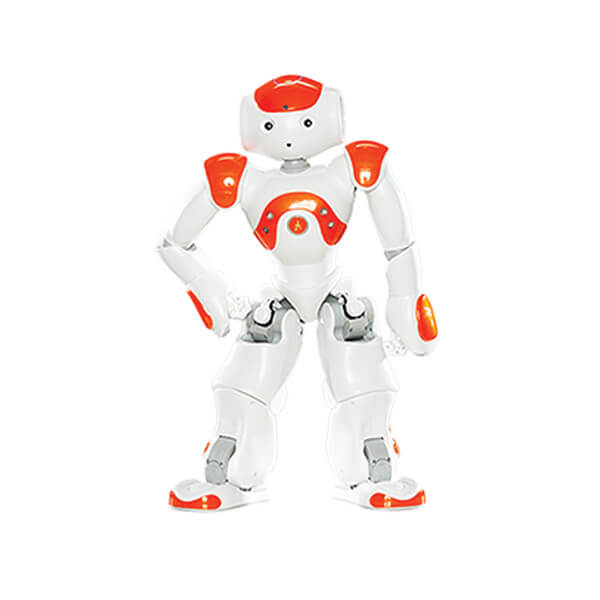
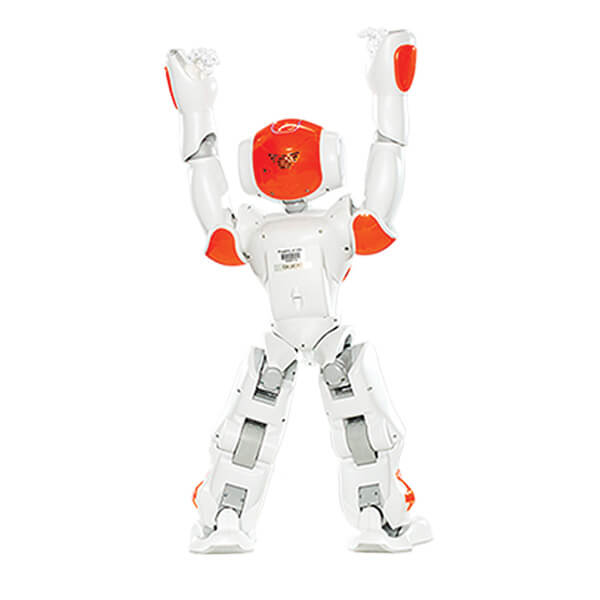
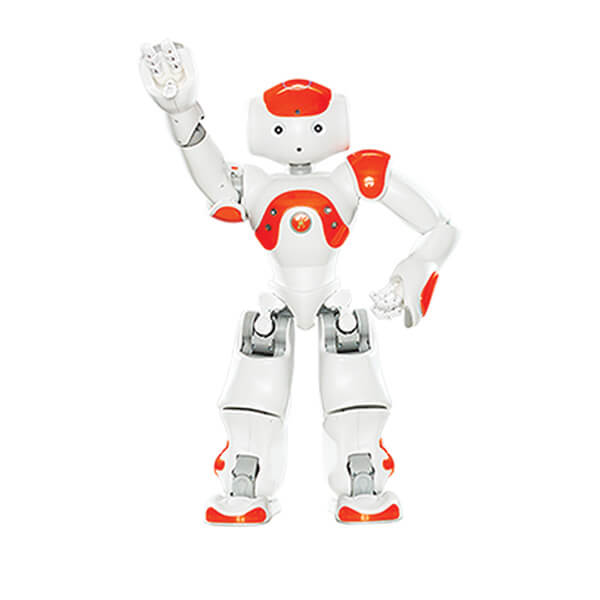
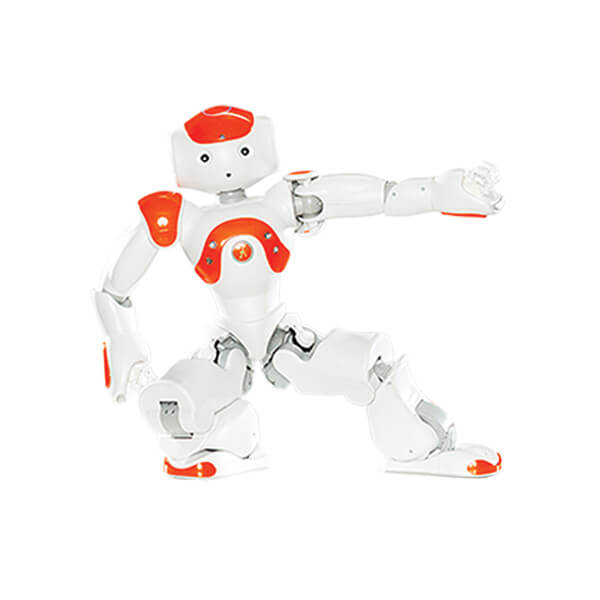
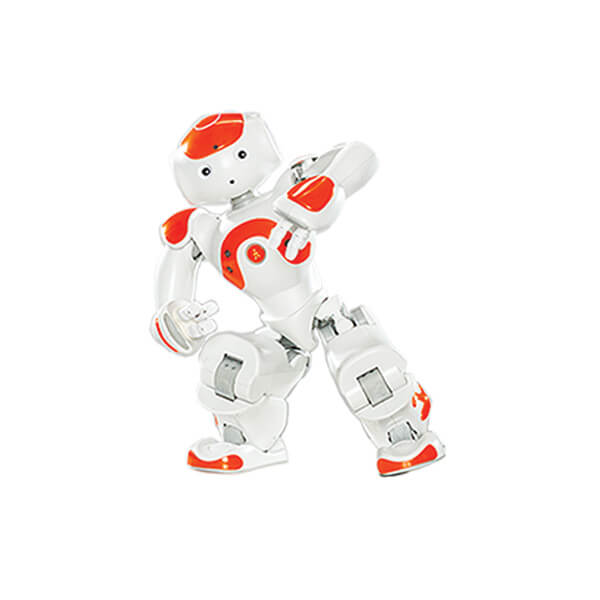
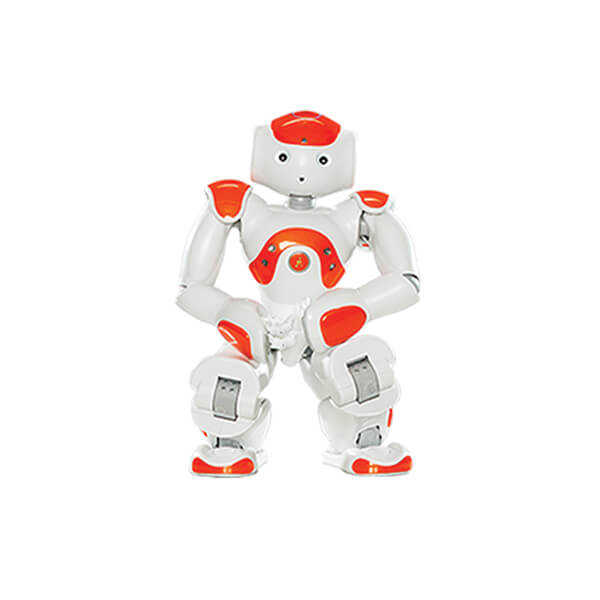
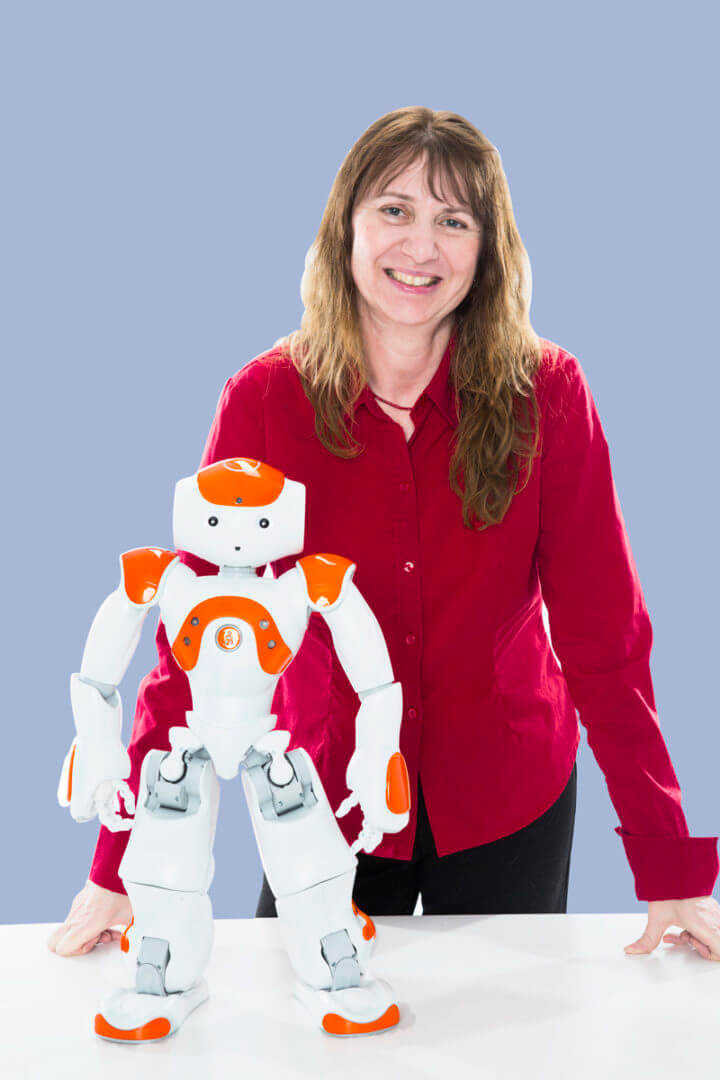
In the recent past, robots often conjured up dystopian images of technology gone awry.
In The Terminator, Arnold Schwarzenegger plays a bot from the future dispatched to kill Sarah Connor (and in future installments, her son). The android Gunslinger, played by Yul Brynner in the 1973 sci-fi classic Westworld, shoots up his human tormentors after tiring of losing gunfights in the eponymous adult-amusement park.
“There is a vast health care need that can be filled by intelligent machines capable of helping people of all ages to be less lonely, to do rehabilitative exercises and to learn social behaviors,” Maja Mataric said.
These days, though, the negative stereotypes of have given way to a new image—that of robots as friends rather than foes. The work of USC Viterbi Professor Maja Matarić and other robotic researchers has contributed to this long-overdue reassessment.
Matarić, the Chan Soon-Shiong Chair in the Computer Science Department, Neuroscience Program, and the Department of Pediatrics, believes that robots might one day play an integral role in improving health care. For more than a decade, she and her research team have studied ways in which robots might provide one-to-one personalized care to assist various populations, including people with Alzheimer’s disease, stroke patients and children with autism. The field of socially assistive robotics, defined about a decade ago by Matarić and her former graduate student, David Feil-Seifer, holds great promise.
“There is a vast health care need that can be filled by intelligent machines capable of helping people of all ages to be less lonely, to do rehabilitative exercises and to learn social behaviors,” Matarić said. “There’s so much that can be done that can complement human care as well as other emerging technologies.”
With an estimated one in 68 children identified as having autism spectrum disorder—a neurological condition that impairs communication, the ability to form relationships and respond appropriately to one’s surroundings, according to the U.S. Centers for Disease Control and Prevention—Matarić and her Ph.D. students’ work with robots seems especially relevant. Several research projects that have come out of her USC Interaction Lab suggest that robots have the potential to assist children with autism with social engagement, taking turns and imitating behaviors.
“There’s something about robots that can elicit latent behaviors that children with autism are capable of but rarely or never exhibit,” said Matarić, who was recently named by Design News as one of the “10 Most Influential Female Engineers.” “If the behaviors are there, they can be elicited, and they can be trained.”
In one USC Viterbi study, robots encouraged social interaction by blowing bubbles whenever children with autism moved closer and engaged them. Some children reacted so well to the robots that they turned to their parents to describe events as they unfolded.
The robots “provoked and encouraged social interaction,” said Feil-Seifer, who helped oversee that 2009 study and is now continuing autism-
related research at the University of Nevada,
Reno, as an assistant professor of computer science and engineering. The research also provided invaluable insights into how to make robots more appealing to children with autism, he added.
For example, at the beginning of the study, the robot’s motors emitted a high-pitched noise that bothered some children, who had trouble positively interacting with it. Simple issues like this were solved with a software patch. More important, researchers designed an automated system to determine when children interacting with robots became uncomfortable. Based on this information, it might be possible in the future to program a robot to change movements should a child with autism react poorly, Feil-Seifer said.
It must be stressed, however, that Matarić and her team have largely focused on programming robots that could better interact with children with autism instead of focusing on specific therapeutic applications. Elaine Short, one of Matarić’s Ph.D. students, is trying to develop software and models that will make robots’ customized engagements with children with autism more positive. Additionally, researchers have yet to conduct large-scale clinical trials to ascertain the long-term effectiveness of any robotic interactions with children with autism.
There’s so much that can be done that can complement human care as well as other emerging technologies.
Still, anecdotal evidence suggests that some children with autism interact well with robots, perhaps because the machines are more predictable than people. USC researchers have observed robots motivating children to engage more with their surroundings, giving hope that such behavior learned with a robot could transfer to interactions with other people and settings.
A USC Viterbi study conducted last year at an elementary school near campus illustrates how robots might inspire children with autism to become more socially engaged.
To see whether robots might help children with autism imitate certain behaviors, Matarić’s team evenly divided 12 children, ages 7 to 10, into experimental and control groups. Over the course of two and a half weeks, robots encouraged the children to imitate 25 different arm poses. The robot nodded and flashed its eyes green when the child copied the poses correctly, and said, “Good job!” or “You got it right!”
When children in the control group failed to imitate accurately, the robot gave them the same command repeatedly, without variation. In the study, the performance of those children regressed or stayed the same.
By contrast, children in the experimental group received ever more detailed instructions when they erred. The first prompt was verbal only: “Are you sure that’s right?” Next, the robot delivered additional instructions along with a gesture. Demonstrating the correct pose, the robot said, “Look again at your left arm.” The robot gave up to four cues, providing the minimum amount of feedback until children got it right. The result: children receiving so-called graded cueing feedback improved or stayed the same, suggesting that varied instructions were more helpful.
“In this study we used graded cueing to develop the social skill of imitation through the copycat game,” said Jill Greczek, a doctoral student in Matarić’s group who oversaw the study. “Our hope is that learning such skills could be generalized. So, if a child with autism is at recess with friends, and some kids are playing Red Light/Green Light, the child might look at the game and say, ‘Oh, I see how to play, and I can play with them too.”’
Matarić hopes that within a decade children with autism could have their own personal robot buddies to complement therapy. In the morning, the robot might encourage a child to get out of bed and get dressed. At school, the robot could discreetly coach them to make eye contact with teacher or peers, or to take turns as appropriate. On the playground, the robot companion could praise them when they try to initiate a conversation or play with others. “Hey, that was great. Let’s try again.”
“The idea is to eventually give every child a personalized robot dedicated to providing motivation and praise and nudges toward more integration,” Matarić said.
Is it possible? Technologically, the creation of such intelligent robots is within reach. However, the current reluctance of some investors to support robotics, and the lack of funding from the National Institutes of Health (NIH) to perform sufficiently large clinical trials poses challenges. Some critics argue that robots can only train children with autism to interact with robots, not with people.
Matarić challenges those who fail to see robots’ potential to suggest a cost-effective, realistic alternative.
“There are literally millions of people today who are isolated and left behind,” she said. “I think to dismiss a technology just because it’s not yet proven and is not a person is very naïve and ignores the very real and growing needs of large populations.”




